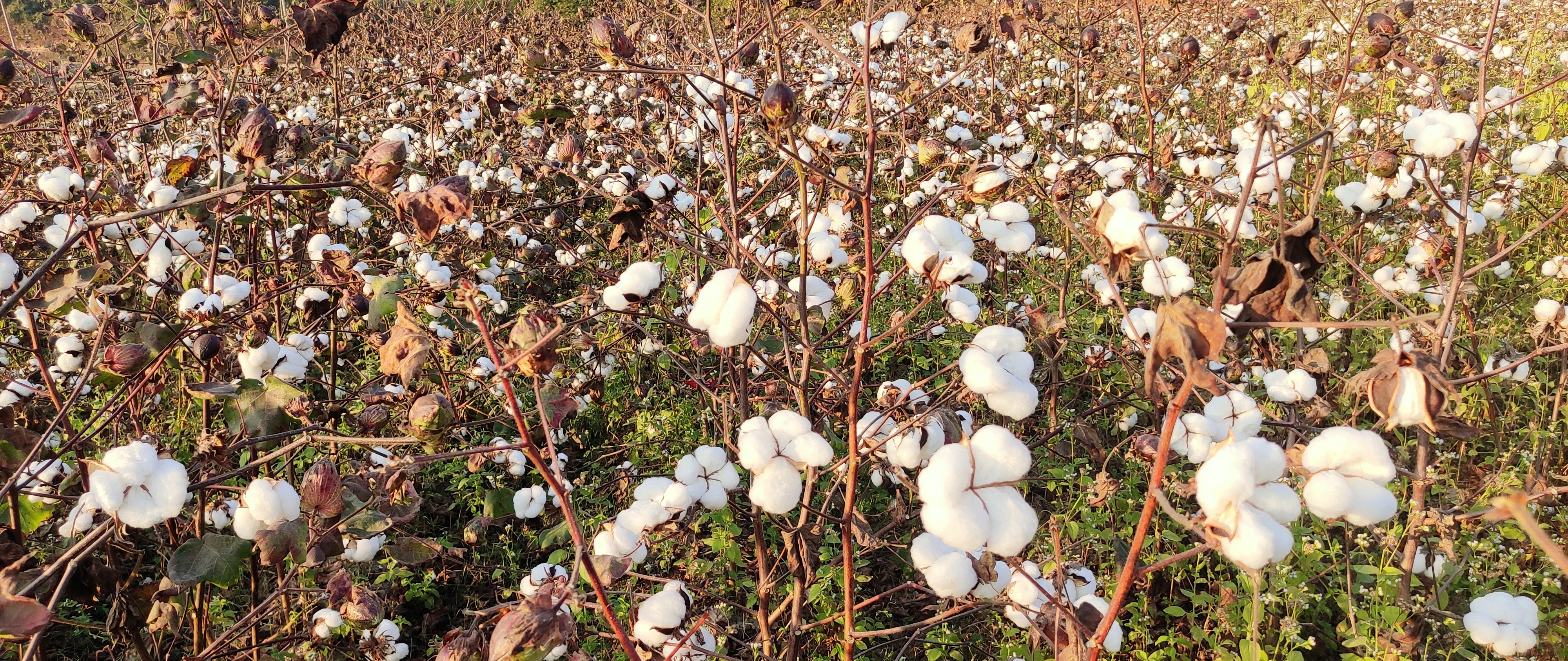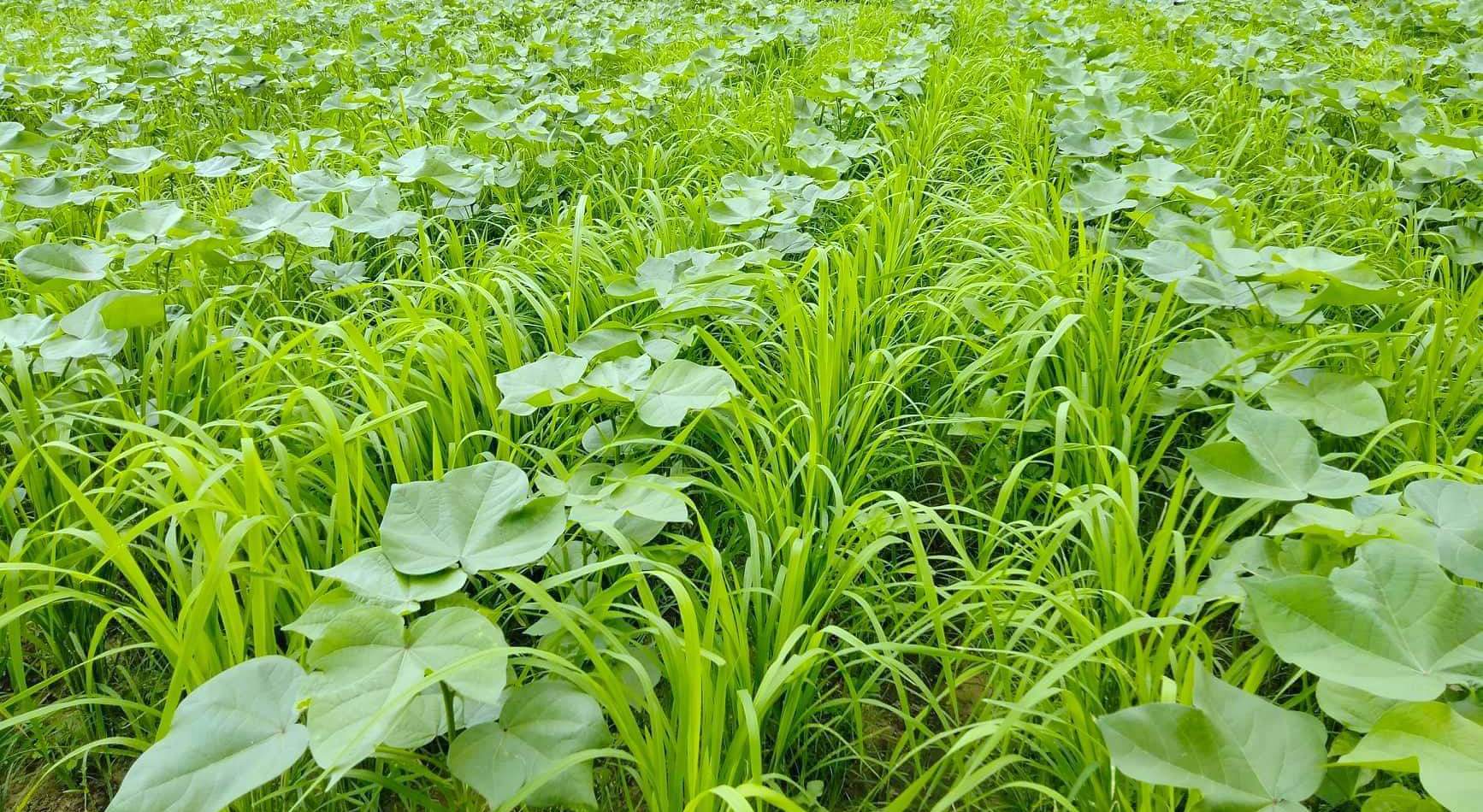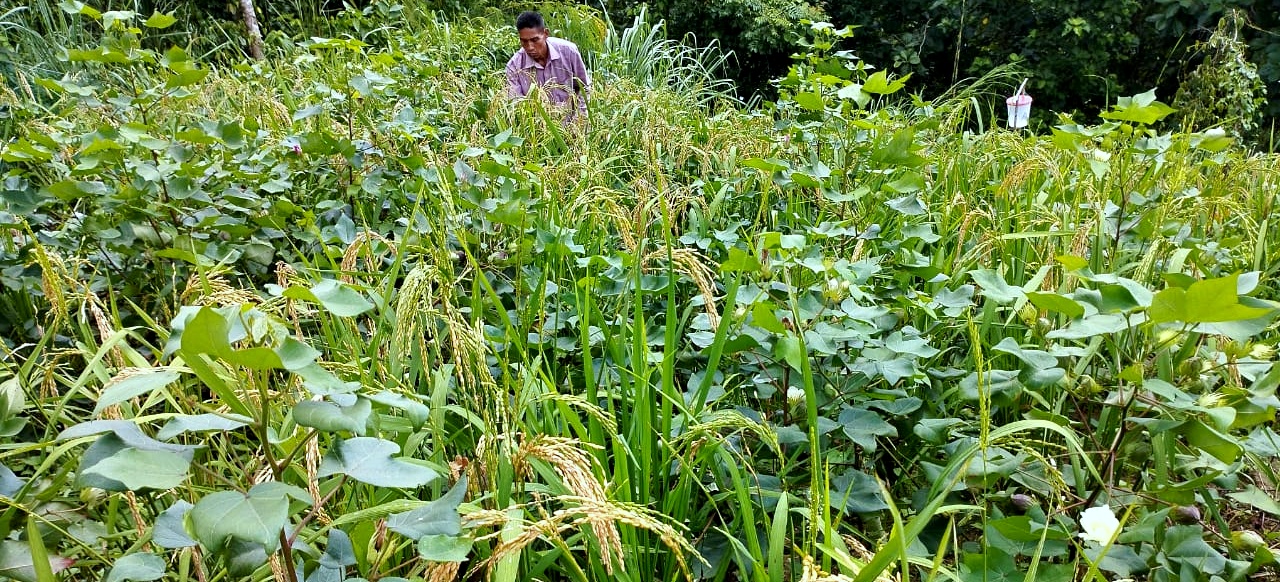- About Us
-
Our Services
Downloads
Training & Suggestions
-
Other Offices
Divisional / Upazila Office
Ministry / Division
- e-Services
- Gallery
-
Contact
Office Contact
Communication Map
-
Opinion
- About Us
-
Our Services
Downloads
Training & Suggestions
-
Other Offices
Divisional / Upazila Office
Ministry / Division
- e-Services
- Gallery
-
Contact
Office Contact
Communication Map
-
Opinion
Bangladesh has a glorious tradition in cotton and textiles production. In the Middle Ages, Bengal was famous for fine cotton maslin. The cultivation of cotton for making muslin sarees was cultivated in the highlands surrounding Dhaka where most of the weaving industries were developed. In fact, during the British period muslin production and business decreased gradually. As a result, the factories closed in the early nineteenth century. During the Pakistan regime, efforts to produce cotton in this country were very limited. Prior to independence, raw materials for local cloth were supplied from West Pakistan. After the independence of Bangladesh in 1971, Pakistan closed the supply of raw material and the importance of cotton production locally was felt. During this time our textile industries faced serious problems due to lack of raw materials. In this situation, in 1972, the Cotton Development Board was formed under the Ministry of Agriculture to expand cotton cultivation in the country. Cotton Development Board started cultivating experimental cotton cultivation in 1974-75 at the field level with American Upland cotton. In the year 1976-77, cotton cultivation started in the country with the introduction of new cotton varieties from America. In 1991, the responsibility of cotton research was transferred from the Bangladesh Agricultural Research Institute to the Cotton Development Board. Currently, Cotton Research and Extension works are being executed by the Cotton Development Board. This cotton development board is functioning in every district of the country so our Rangamati Hill District is no exception. Cotton Development Board is working for cotton cultivation in all the upazilas of Rangamati district in the hills and plain areas.
Planning and Implementation: Cabinet Division, A2I, BCC, DoICT and BASIS












